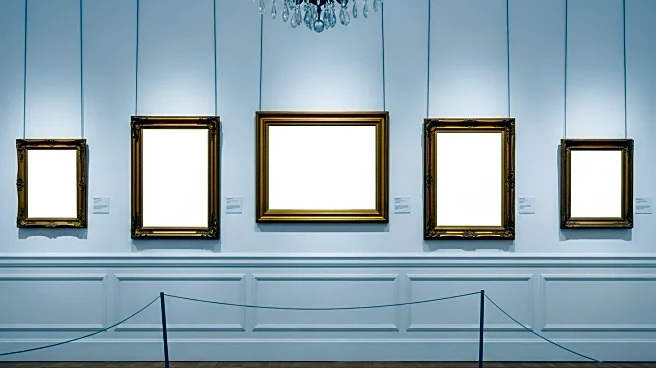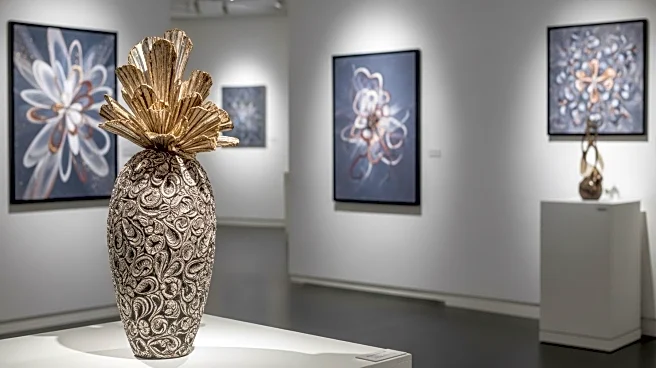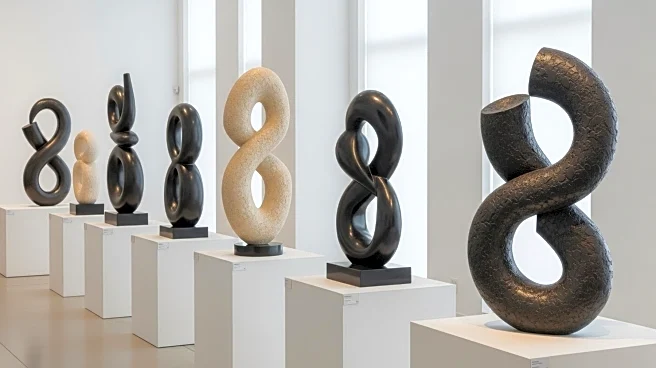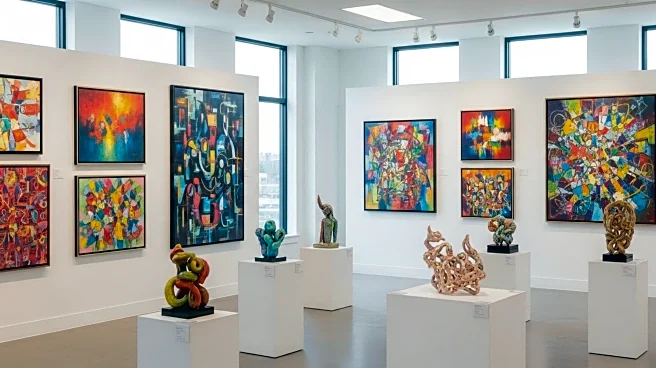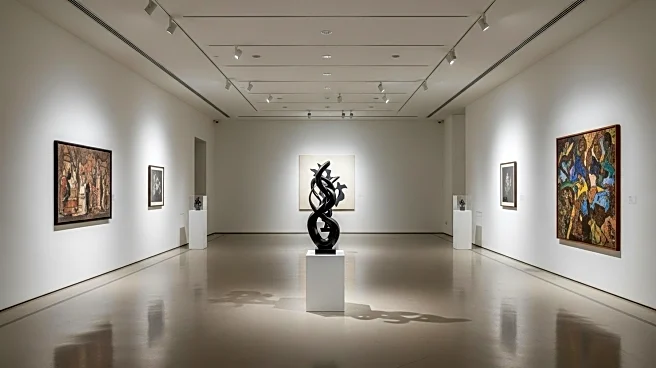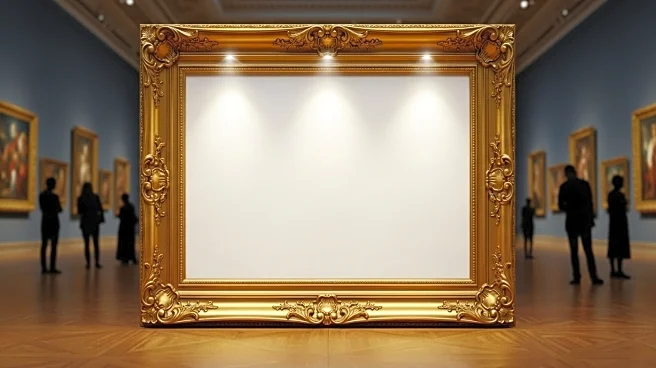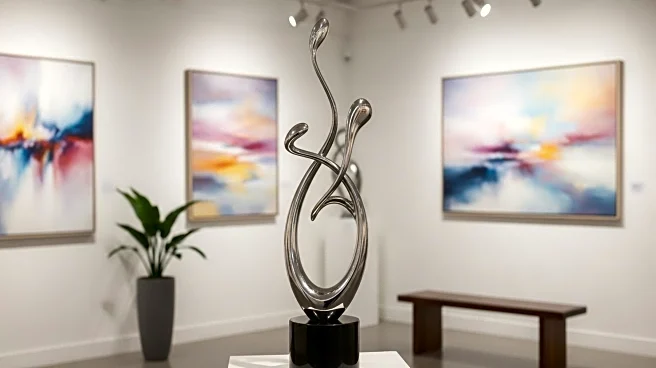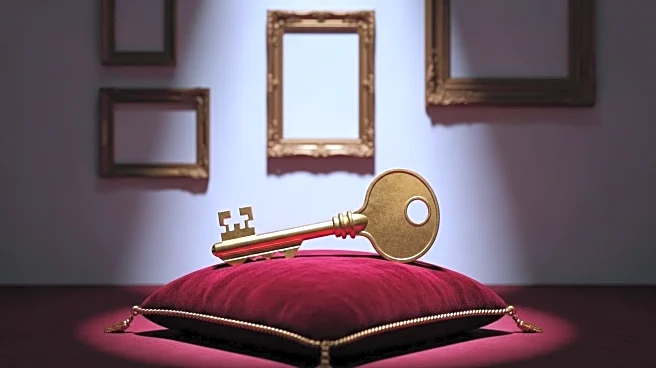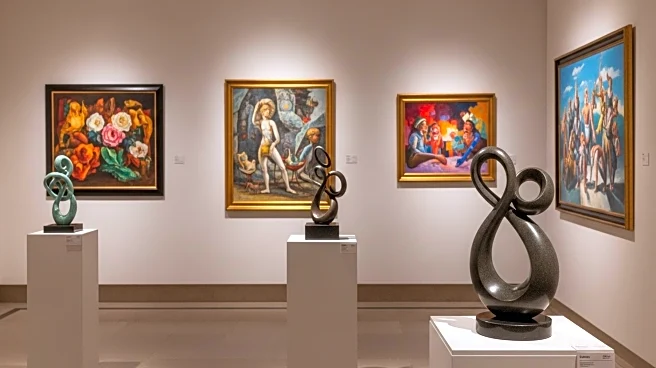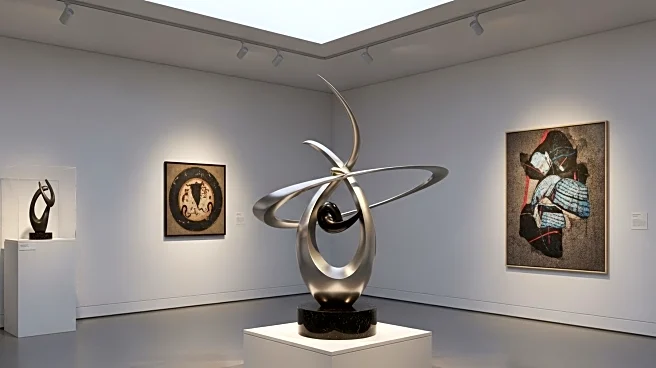What's Happening?
Inigo Philbrick, a prominent art dealer, has become the subject of intense scrutiny following his sudden disappearance after a $13 million lawsuit was filed against him by collectors. Philbrick, known for his success in the art market, is now facing multiple international claims from clients who had invested millions with him. The art world is abuzz with questions about his whereabouts and the implications of his fraudulent activities. This development is part of a broader investigation into the scandals and schemes that have impacted the art industry, as detailed in the third episode of the series 'Art World Infamy.'
Why It's Important?
Philbrick's disappearance and the subsequent legal actions have significant implications for the art market. His fraudulent dealings have not only affected individual collectors but also raised concerns about the integrity and transparency of art transactions. The case highlights the vulnerabilities within the art industry, where high-value transactions often rely on trust and reputation. As the legal proceedings unfold, stakeholders in the art market, including galleries, auction houses, and collectors, may need to reassess their practices to prevent similar incidents. The situation underscores the need for more stringent regulations and oversight in art dealings.
What's Next?
The art world is closely monitoring the legal proceedings against Philbrick, as they could set precedents for future cases involving art fraud. Collectors and investors are likely to become more cautious, potentially impacting the dynamics of art sales and investments. Galleries and auction houses may implement stricter due diligence processes to safeguard against fraudulent activities. Additionally, the case may prompt discussions about the need for regulatory reforms in the art market to enhance transparency and accountability.
Beyond the Headlines
Philbrick's case raises ethical questions about the role of trust and reputation in the art industry. It also highlights the cultural impact of art fraud, as it can undermine public confidence in art as an investment and cultural asset. The long-term effects could include shifts in how art is valued and traded, with increased emphasis on provenance and authenticity. This situation may also influence the perception of art dealers and their responsibilities towards clients and the broader art community.
